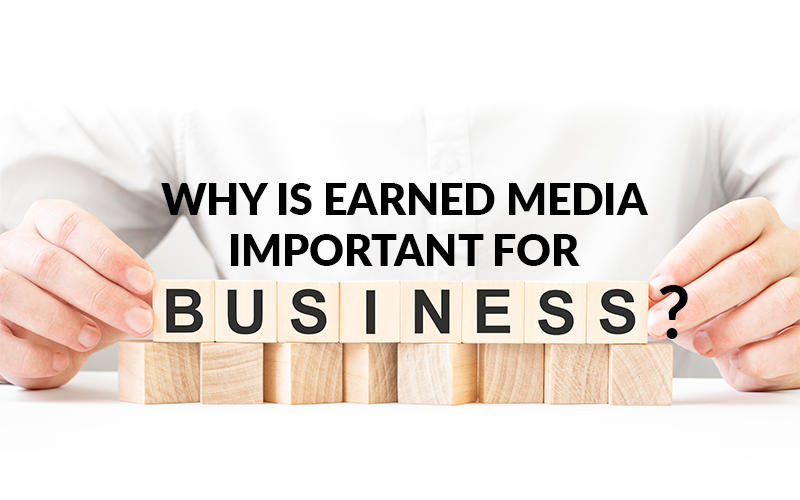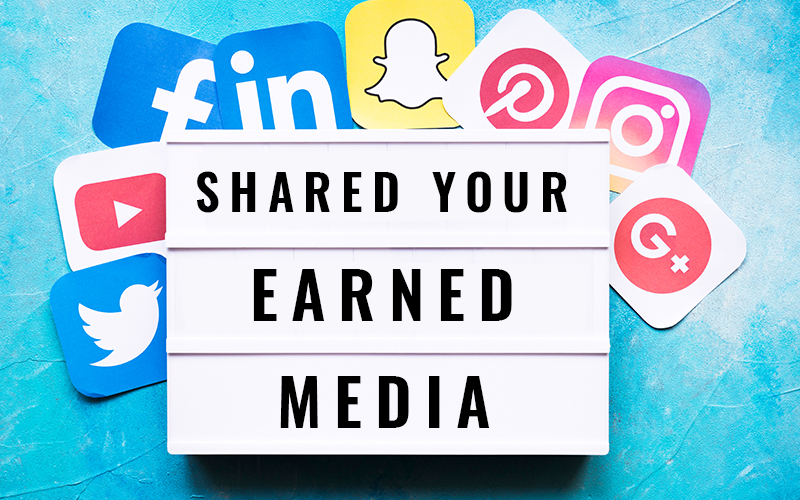As you are developing an advertising strategy, you must have come across paid, owned, and earned media. You might read how impactful they are on your advertising efforts.
In this article, we are talking about earned media and how you can leverage it to your advantage.
But before that, let’s have a look at three of them.
How do paid, owned, and earned media differ?

- Paid media is straightforward with its name and means that you are paying for advertising. You pay for social ads, print ads, paid partnerships, PPC campaigns, etc. Examples – display ads, search engine marketing, radio ads, podcast ads, etc.
- Owned media, as the name suggests, are the handles and channels you have as a brand. You exercise full control over them. They may be your brand’s social media profiles, website, blogs, etc. Examples – website, emails, newsletters, profiles.
- Earned media included third-party’s outlets, influencers, and fans. They are not paid by you to promote your brand, but they do it because they are inspired by what you are doing. Examples – a blogger or influencer writing about your product, newspapers and magazines mentioning you, Word of Mouth, customer review on social media, Google My Business, Yelp, etc.
With paid and owned media, you are the one who is in charge of every activity. You get to decide how much amount to spend or how many ads you want.
It might appeal to you that earned media is the best way to advertise. The only thing you need to take care of is to offer high-quality products or services and engage with your audience every now and then.
The idea is not impossible and is tangible, however, it is highly unlikely.
To inspire someone and turn them into your fan might take a lot of time and resources than going for paid and owned media.
That is not the end of the line. You can do several things to ensure earned media.
Why is Earned Media important for business?

With the rise of social media, people can easily find reviews about your products or services. People believe these reviews as there are personal experiences. It is somewhat similar to suggesting a friend or family about a product or service.
These reviews have a boundless influence on purchasing decisions and therefore, your business needs earned media. Have a look at stats by inPowered and Nielsen:
o 85 percent of people seek trusted review before purchasing
o 70 percent of people prefer reading reviews written by experts
o 65 percent of people believe an endorsement for an expert
What are the best Earned Media strategies?
Target Audience

Developing buyer personas have gained traction because these personas help you identify your target audience and tailor your strategy accordingly. Your key task is to get the right message to the right people.
Targeting people with whom your messages will resonate is more effective than targeting everyone. Understand the individuals view the same message differently. This difference will make or break your advertising campaign.
Strong Brand Image

People buy from brands that they know. Brand awareness is vital for your business and hence, build a strong brand image.
People will read about you and engage with you only when they will know about you. This remains true irrespective of how much print media is writing about your brand and products. You need to establish a line of communication with your audience and retain their attention.
Know Your Media Outlets & Influencers

Research about media outlets and influencers beforehand. Connect with them and form fruitful partnerships. Remember, if you end up paying them then it is not earned media. You need to ensure that they align with your brand values and goals.
Go to Events

Engage with your audience directly by participating in various events. If people see you proactively building relationships with them, they will see you as a thought leader in the industry and hence, they will follow and share their experiences about your brand.
Shared Your Earned Media

Got yourself a nice article or review? Share it across your profiles and capitalize on it. Ask your employees, channel partners, investors, friends, and family to share the content on their profiles as well.

